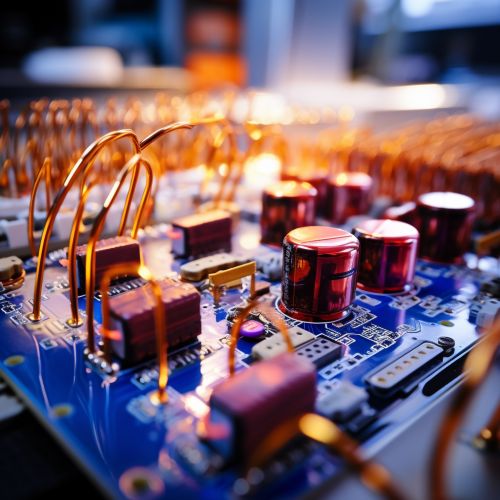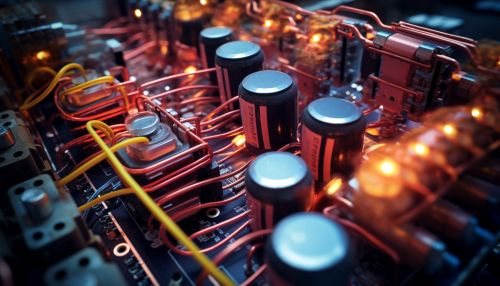Impedance
Introduction
Impedance is a fundamental concept in electrical engineering and physics, which quantifies the opposition that a circuit presents to the flow of electric current. It is a complex quantity, combining both resistance and reactance, and is measured in ohms (Ω).


Fundamental Concepts
Impedance is a broader concept than resistance, as it takes into account not only the direct opposition to current, but also the effects of capacitance and inductance. These latter two properties cause the current and voltage to be out of phase with each other, leading to the concept of reactance, which is the imaginary part of impedance.
Resistance
Resistance is the property of a material or a device that opposes the flow of electric current, resulting in the conversion of electrical energy into heat. It is a scalar quantity and is measured in ohms (Ω). The resistance of a material is determined by its resistivity, length, and cross-sectional area, as given by Ohm's law.
Reactance
Reactance is the property of a circuit element (such as a capacitor or an inductor) that causes a phase difference between the current and the voltage. It is a measure of the opposition to a change in current or voltage due to these elements. Reactance is also measured in ohms (Ω), and can be either positive (for inductive elements) or negative (for capacitive elements).
Capacitance and Inductance
Capacitance is the property of a device that allows it to store electrical energy in an electric field, while inductance is the property of a device that allows it to store energy in a magnetic field. These properties result in a phase shift between the current and voltage, giving rise to reactance.
Impedance in AC Circuits
In alternating current (AC) circuits, the concept of impedance is particularly important. Unlike in direct current (DC) circuits, where the resistance is the only factor determining the current flow, in AC circuits, the frequency of the alternating current also plays a role. This is due to the reactance of the circuit elements, which depends on the frequency.
Impedance in Series and Parallel Circuits
In series AC circuits, the total impedance is the vector sum of the individual impedances of the components. In parallel AC circuits, the total impedance is found by taking the reciprocal of the sum of the reciprocals of the individual impedances.
Impedance Matching
Impedance matching is a crucial concept in many areas of electrical engineering, including telecommunications, signal processing, and power transmission. It involves making the output impedance of a source equal to the input impedance of the load, to maximize power transfer and minimize signal reflection.
Impedance in Transmission Lines
In transmission lines, the concept of characteristic impedance is important. This is the ratio of the voltage and current of a propagating wave, and it is a property of the line, not of the load or source. Mismatch between the characteristic impedance and the load or source impedance can lead to reflections and standing waves.
Impedance in Antennas
In antennas, the impedance relates the voltage and current at the input to the antenna. The real part of the antenna impedance is the antenna resistance, which includes both the loss resistance (due to the conversion of electrical energy into heat) and the radiation resistance (due to the conversion of electrical energy into radiated electromagnetic waves).
